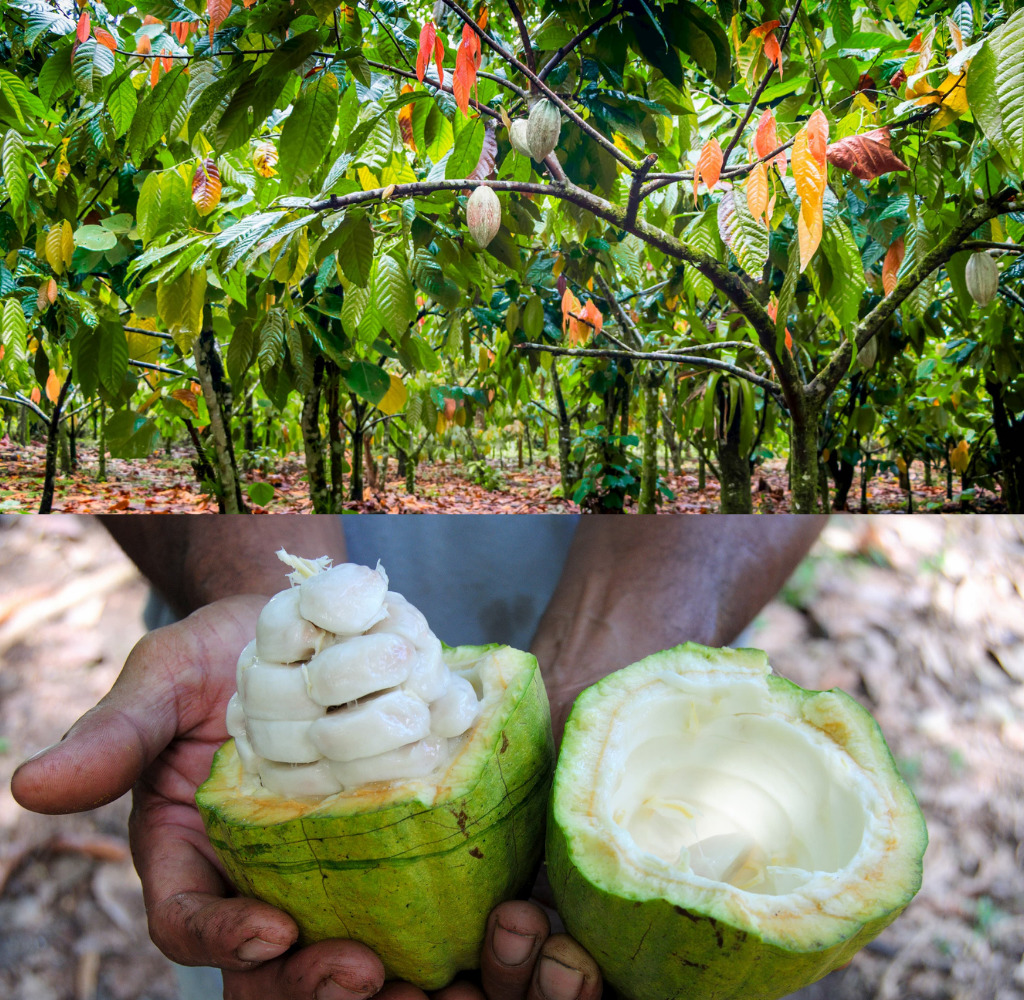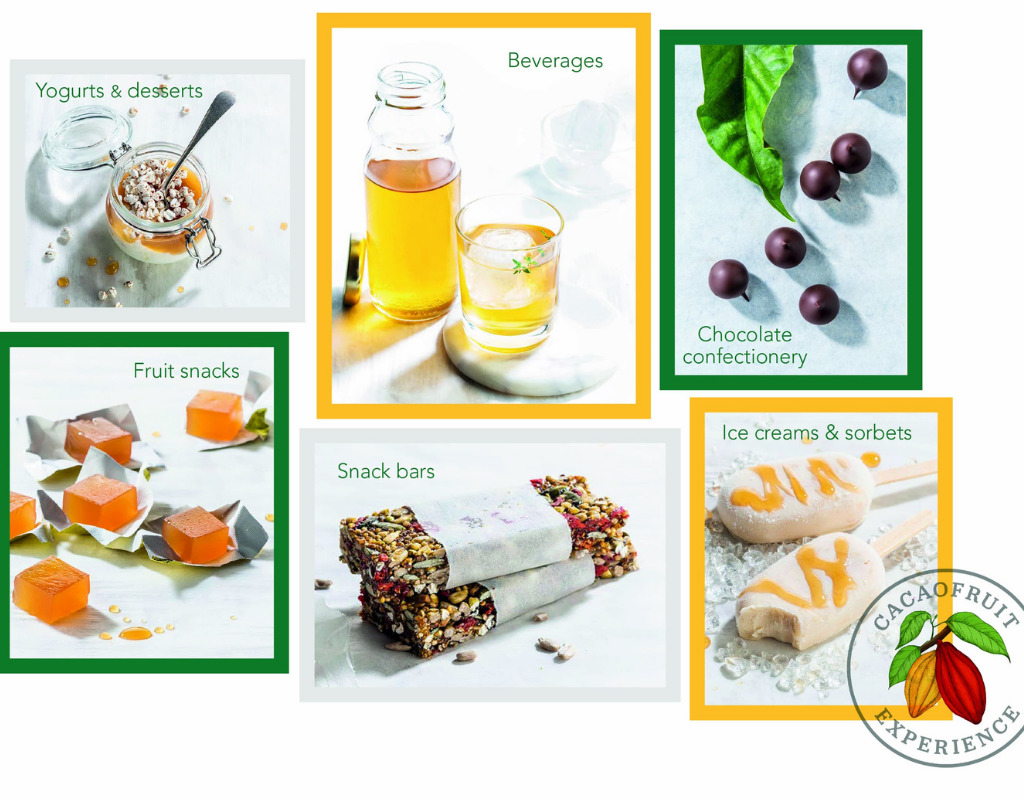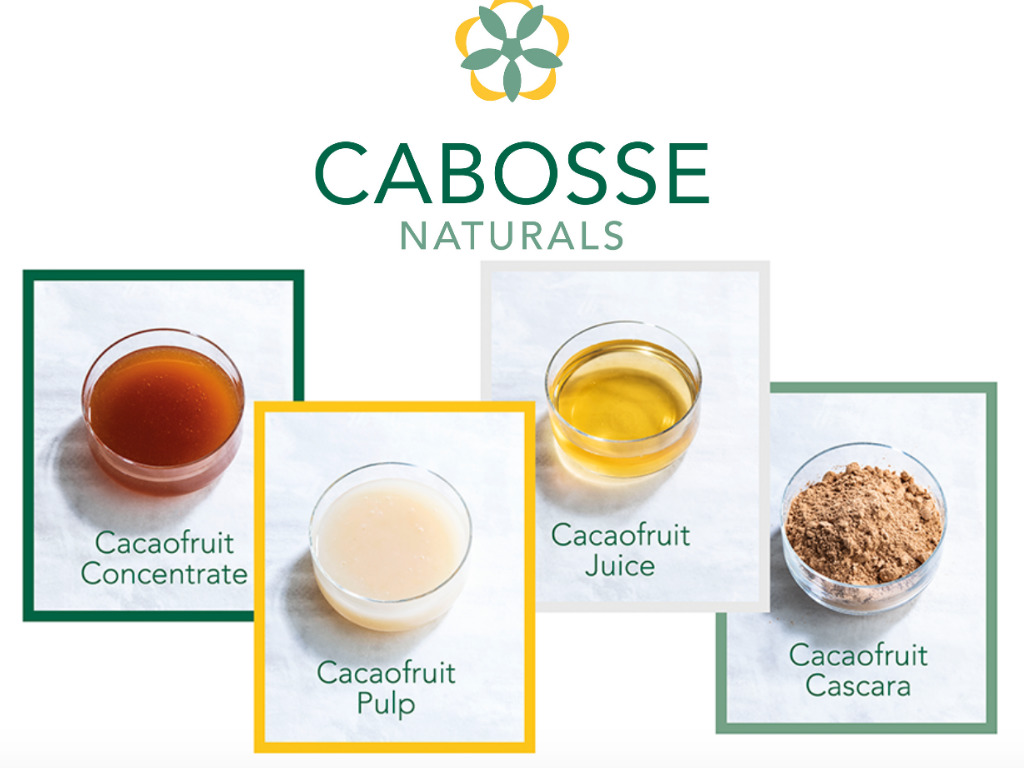Cacao Fruit: Swiss-Based Chocolate Company Barry Callebaut Unveils New Ingredient Category That Fights Food Waste
5 Mins Read
Barry Callebaut, a leading manufacturer of high-quality chocolate and cocoa products, has launched a new sustainable brand Cabosse Naturals serving up a new type of chocolate made from one single ingredient, the cacao fruit, thus creating a totally new industry category with the same.
With its new brand Cabosse Naturals, Switzerland-based Barry Callebaut aims to show the world how cacao fruit can address health, sustainability as well as taste demands in an entirely novel Food & Drink category dubbed the ‘Cacaofruit Experience’.
Chocolate is made from cacao bean plants, which feature cacao pods and cacao beans. The latter have a pale layer of pulpy flesh with a bright flavor and honey notes. Usually, this fruit is kept on the beans to assist with the fermentation process, an important step in chocolate making. But once the fruit starts to decompose around the beans, it ends up in the trash, representing a fairly significant amount of wasted fruit. Cacao crops are grown for their beans, which constitute only 30% of the entire pod.
Barry Callebaut decided to take on the challenge of making use of this wasted cacao fruit. The brand uses only healthy and ripe fruits, developing them into ingredients like pulp, juice, concentrate and cascara, which is a fine flour made from the thick peel of the fruit, and makes them available to customers, chefs as well as brands.
The ingredients can be used in a wide range of applications including beverages, ice creams, fruit snacks, bars, dairy, and chocolate confectionery. Notably, the ingredients will be used in the company’s WholeFruit chocolate, which is slated for a 2021 launch. The new type of chocolate is made from one single ingredient – the cacaofruit
Pablo Perversi, chief innovation, sustainability & quality officer, and head of gourmet at Barry Callebaut

Apart from the fruit, even the beans are separated and fermented to be used in making chocolate, with possible applications in beverages, ice creams, fruit snacks, bars, dairy and many more.
In an interview with FoodIngredientsFirst, chief innovation, sustainability & quality officer, and head of gourmet at Barry Callebaut, Pablo Perversi said that the market for cacaofruit ingredients is huge. “The ingredients can be used in a wide range of applications including beverages, ice creams, fruit snacks, bars, dairy, and chocolate confectionery. Notably, the ingredients will be used in the company’s WholeFruit chocolate, which is slated for a 2021 launch. The new type of chocolate is made from one single ingredient – the cacaofruit.”
To develop this brand, the company has been building a scalable supply chain in Latin America over the past few years and for the same purpose, it started work on a new facility in Ecuador.
Perversi added: “Based on our long-standing experience of sourcing, a process has been set up to quickly craft the cacao fruits into added value ingredients. The process is automated – centrifuged to be more precise.”

Apart from this, the company claims that the ingredients are rich in nutrients such as fibers, potassium, and magnesium, and contain calcium, phosphorus, iron, zinc, vitamin B5, and vitamin D2. “Consumers in various parts of the world might need to learn that cacao is part of a fruit, the cacao fruit, which is delicious and nutritious,” said Perversi.
Any variety of cacao fruit can be used, however, the company has faced some R&D challenges with respect to keeping the taste, color, freshness, and nutrition of the fruit intact from the first stage of harvesting until the final production stage.
The Cabosse Naturals brand was developed with a conscious millennials and Generation Z consumer audience in mind. According to a report, half of the consumers surveyed say they are willing to pay extra for products devoted to solving food waste, with an additional third saying they might be and hence, to further position its brand in the market and to speed up the development of cacao fruit upcycling, Cabosse Naturals has partnered with the Upcycled Food Association (UFA), a nonprofit focused on reducing food waste by growing the upcycled food economy.
The next-gen Food & Drink category Barry Callebaut’s Cacaofruit Experience was unveiled in 2019, in San Francisco, with its first customer, Mondelēz International, a leading snacking company’s innovation and venture hub, SnackFutures that showcased cacao ingredients in its CaPao brand’s smoothie ball and jerky strips.
The company has been working on an innovative project to produce biochar, known in some circles as ‘agriculture’s black gold’, where the material, similar to charcoal, is produced by pyrolysis meaning that biomass, such as agricultural or forest biomass waste, is heated to a high temperature without oxygen to produce energy and that can then help to mitigate climate change as it can be significant in producing energy, permanently storing carbon, improving soil quality and reducing waste.
In its latest Forever Chocolate Progress Report 2019/20, the company said that it sourced 61% of its non-cocoa ingredients from sustainable sources, trained 94,946 cocoa farmers on child labor awareness and successfully implemented a 100% sustainable cocoa supply chain across its global Gourmet brands – Callebaut, Cacao Barry and Carma.
Apart from this, Barry Callebaut recently opened its new factory in India, located about 250 km south-east of Mumbai and will include an R&D lab and assembly lines capable of manufacturing chocolate and compound in different delivery formats.
Other brands have been developing chocolates made from cacao fruit too. For instance, Nestlé Japan released a ‘Cacao Fruit Chocolate’ KitKat and Belgium-based frozen fruit solutions company Dirafrost offers its customers a cacao fruit puree.
Chocolate companies around the world are investing in sustainable and ethical products. U.S. confectionary leader Hershey will soon be launching its plant-based sugar chocolates as a part of the ‘Better-for-you’ category that could have fewer calories than conventional chocolates and a negligible glycemic index impact and James Cadbury, the owner of artisan chocolate brand Love Cocoa also announced plans to debut Happiness in Plants (HiP), a new chocolate line that is entirely vegan.
Another U.K. plant-based chocolate company, Fellow Creatures, is working to make chocolate made from milk alternatives mainstream and apart from its products, the designs on the brand’s packaging are created to encourage body-positive talk among consumers. In India, MilkinOats says it’s the country’s first single origin oat milk based chocolate.
Lead image courtesy of Barry Callebaut’s Facebook Page.



